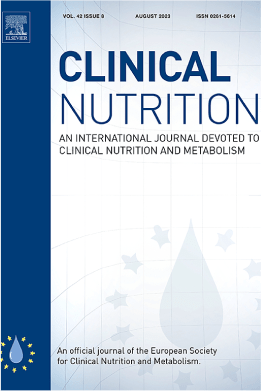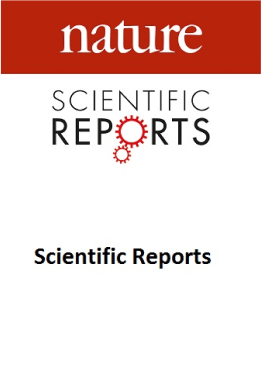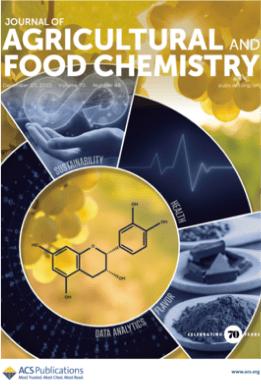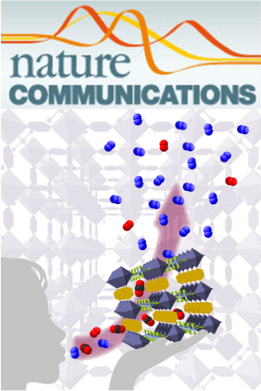Food ontologies require significant effort to create and maintain as they involve manual and time-consuming tasks, often with limited alignment to the underlying food science knowledge. We propose a semi-supervised framework for the automated ontology population from an existing ontology scaffold by using word embeddings. Having applied this on the domain of food and subsequent evaluation against an expert-curated ontology, FoodOn, we observe that the food word embeddings capture the latent relationships and characteristics of foods. The resulting ontology, which utilizes word embeddings trained from the Wikipedia corpus, has an improvement of 89.7% in precision when compared to the expert-curated ontology FoodOn (0.34 vs. 0.18, respectively, p value = 2.6 × 10–138), and it has a 43.6% shorter path distance (hops) between predicted and actual food instances (2.91 vs. 5.16, respectively, p value = 4.7 × 10–84) when compared to other methods.







